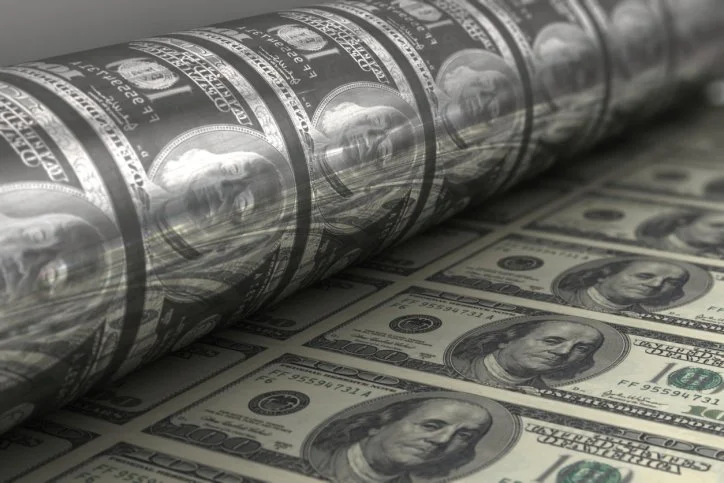The US is facing a critical financial challenge as its national debt surpasses $34 trillion, raising concerns across various economic circles.
Experts and entities like the Congressional Budget Office (CBO) and Nassim Taleb urge immediate action to avoid a financial crisis driven by rising debt and interest payments.
The Penn Wharton Budget Model indicates that the US might manage a debt-to-GDP ratio of up to 200% under certain conditions.
However, a more realistic limit might be around 175%, beyond which market confidence could erode, potentially leading to significant economic repercussions.
Notable economic figures, including former Treasury Secretary Robert Rubin and CBO’s Phillip Swagel, have voiced concerns about the US’s fiscal direction.
They stress the need for meaningful reform to prevent unsustainability.

The conversation about solutions varies from advocating fiscal austerity to suggesting that economic growth could mitigate debt levels.
The Federal Reserve’s interest rate increases, aimed at controlling inflation, are expected to raise the cost of servicing the national debt, potentially outpacing defense spending.
This situation poses unprecedented fiscal challenges, prompting essential questions about fiscal strategy and priorities.
US policymakers must consider the nation’s debt trajectory carefully and seek comprehensive solutions to ensure economic stability and growth.
Addressing the US debt crisis requires a balanced approach, combining fiscal discipline with growth strategies.
The decisions made now will significantly affect the country’s economic future and position in the world.
Background on U.S. Family Debt
In late 2023, U.S. families owed more than ever before. Their total debt reached $17.5 trillion, a $212 billion jump from the previous period.
The Federal Reserve Bank of New York shared these figures. They marked a 1.2% increase in just three months.
Credit card balances grew by $50 billion, hitting $1.13 trillion. This rise shows how much people rely on plastic for spending.
At the same time, mortgages went up by $112 billion, reaching $12.25 trillion. It suggests homes remain in high demand.
Car loans also rose, adding $12 billion to a total of $1.61 trillion. This trend has been going up since 2011. It reflects the ongoing desire to own vehicles.

